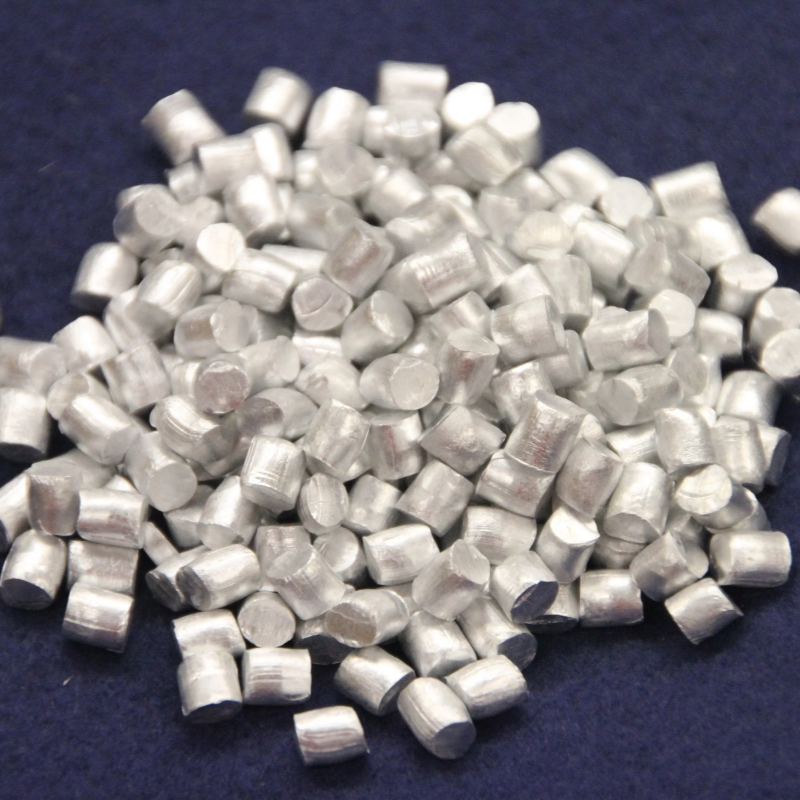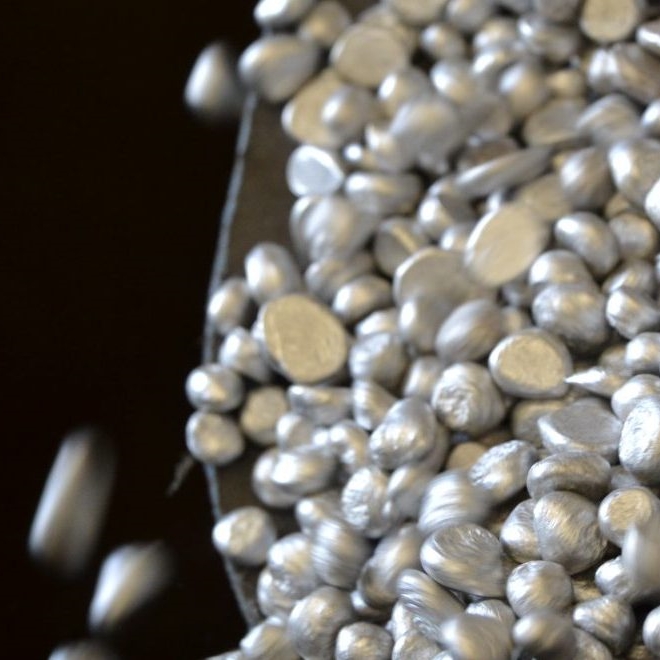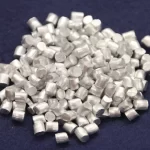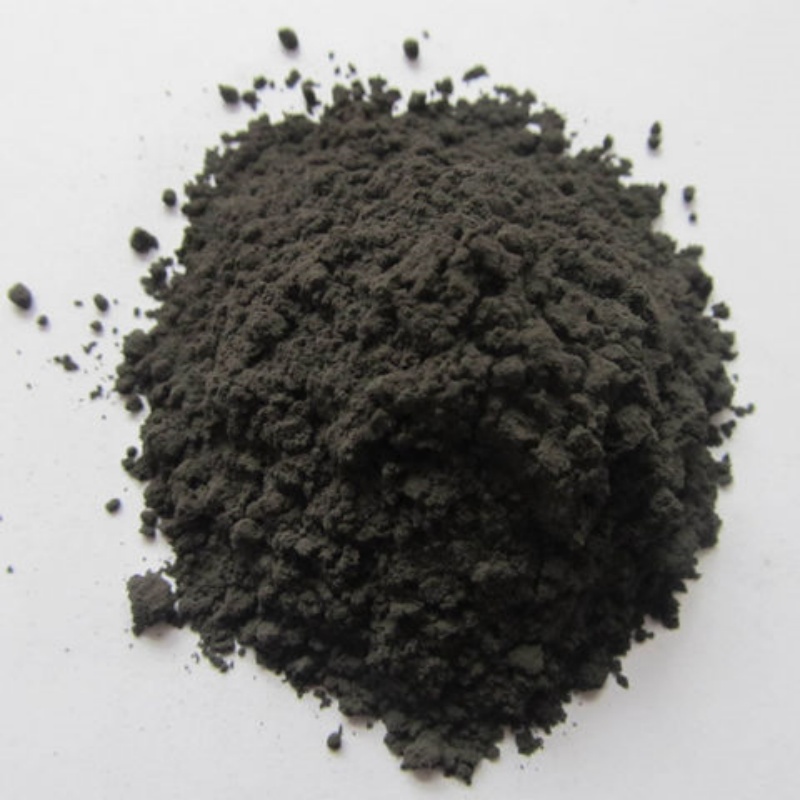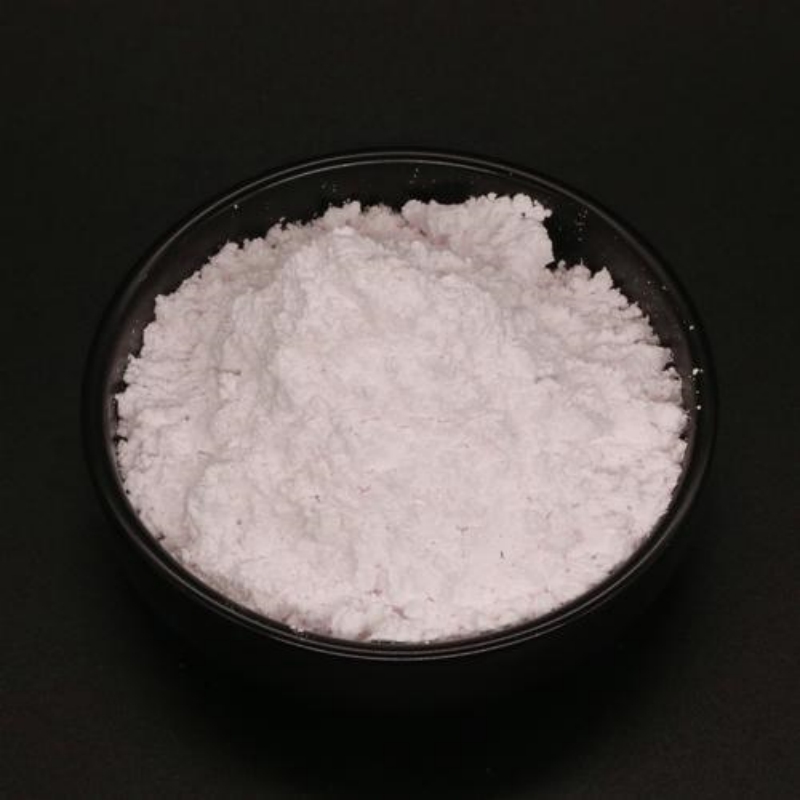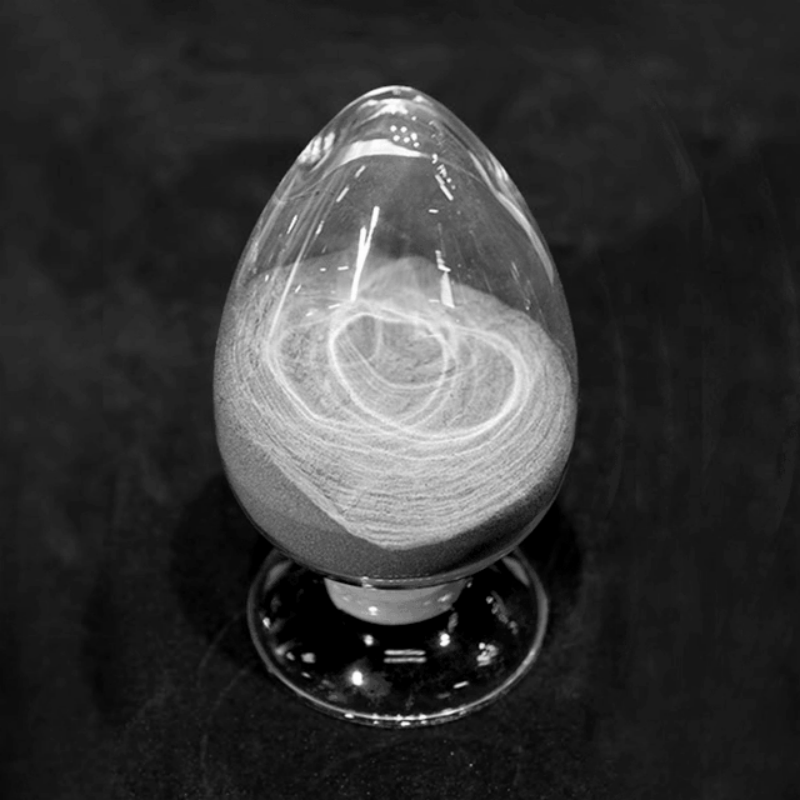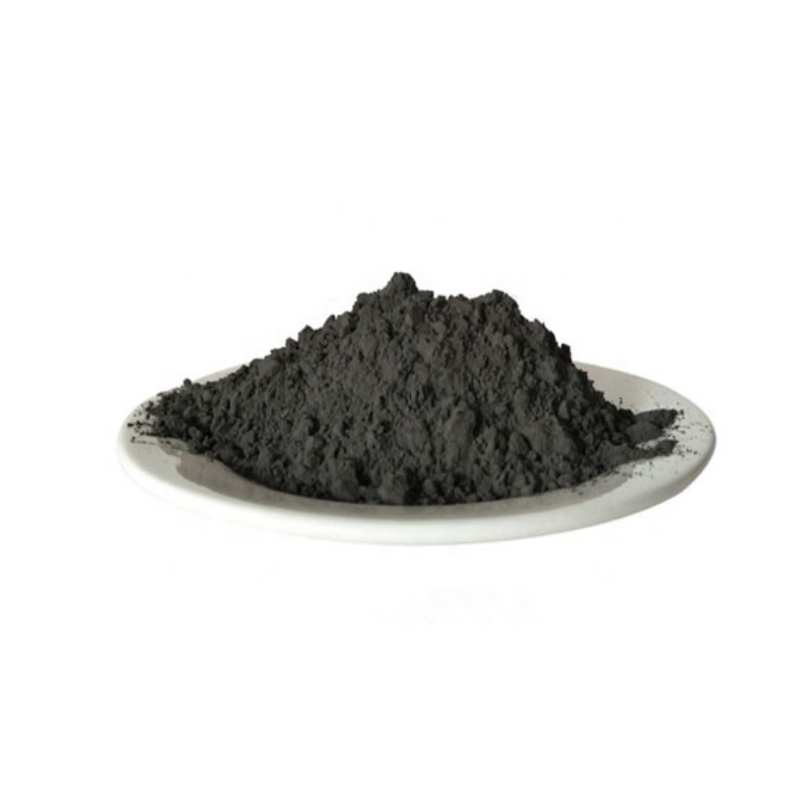Product Overview:
Aluminum-copper alloy pellets are made by melting aluminum (Al) and copper (Cu) in a specific ratio, resulting in an alloy with excellent physical and chemical properties. These pellets are typically in powder form, with a uniform particle size. Thanks to their high electrical conductivity, thermal conductivity, good biocompatibility, and strong mechanical properties, aluminum-copper alloy pellets are widely used in industries such as electronics, healthcare, and energy.
Product Features:
- High Electrical Conductivity: The aluminum-copper alloy pellets offer excellent electrical conductivity, making them suitable for electronic product manufacturing.
- Good Thermal Conductivity: These alloy pellets have excellent heat dissipation properties, making them ideal for use in electronic components that require cooling.
- Strong Mechanical Properties: Aluminum-copper alloy pellets are known for their high mechanical strength, making them suitable for high-load applications.
- Biocompatibility: The pellets have good biocompatibility, making them ideal for medical devices and implantable materials.
- Customizable Sizes: Pellets can be customized to different sizes according to customer needs, making them adaptable to various industry requirements.
Applications:
- Electronics Industry: Used in the production of electronic components that require high electrical and thermal conductivity, such as circuit board connectors and heat dissipation materials.
- Medical Industry: Aluminum-copper alloy pellets can be used to manufacture surgical tools, implants, and other medical devices due to their excellent biocompatibility and mechanical properties.
- Energy Industry: Used as gas diffusion layer material in fuel cells, improving energy efficiency and performance.
- Mechanical Manufacturing: In mechanical manufacturing, these alloy pellets are used to produce parts that need high strength and durability.
| Element | Measured Value | Standard Value | Unit | Element | Measured Value | Standard Value | Unit | Element | Measured Value | Standard Value | Unit |
| Li | Zn | Pb | <5 | ppm | |||||||
| B | Ga | Bi | <5 | ppm | |||||||
| F | Ge | Y | |||||||||
| Na | As | <5 | ppm | Th | |||||||
| Mg | <5 | ppm | Se | Er | |||||||
| Al | Matrix | wt% | Zr | <5 | ppm | Ru | |||||
| Si | Nb | Rh | |||||||||
| P | Mo | Os | |||||||||
| Cl | Pd | Cd | <5 | ppm | |||||||
| K | Ag | In | |||||||||
| Ca | Sn | ||||||||||
| Ti | <5 | ppm | Sb | ||||||||
| V | <5 | ppm | Ba | ||||||||
| Cr | <5 | ppm | Hf | ||||||||
| Mn | <5 | ppm | Ta | C | |||||||
| Fe | 10 | ppm | W | S | |||||||
| Co | 12 | ppm | Pt | O | |||||||
| Ni | 25 | ppm | Au | N | |||||||
| Cu | 0.62 | wt% | Hg | H |
 new material
new material

